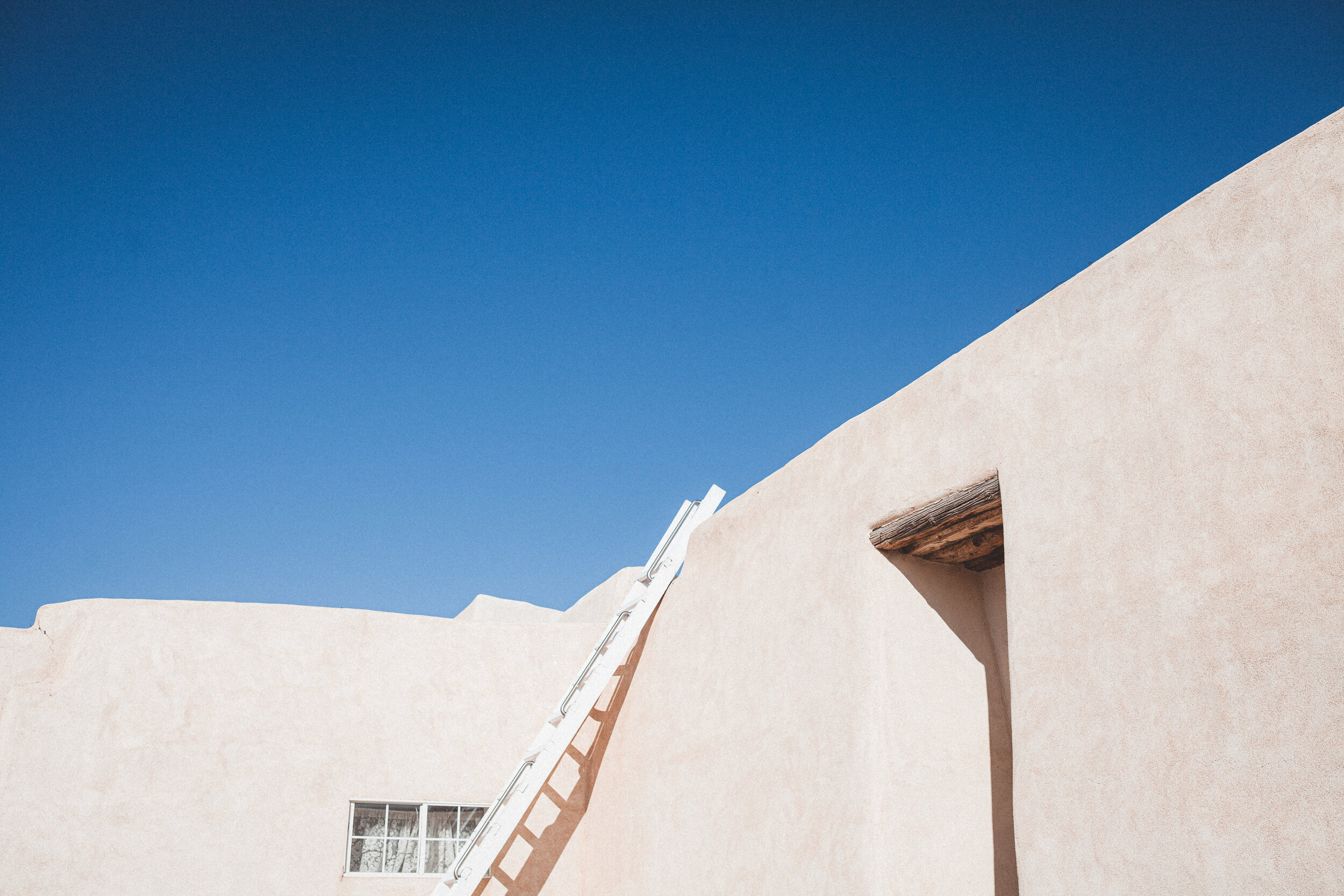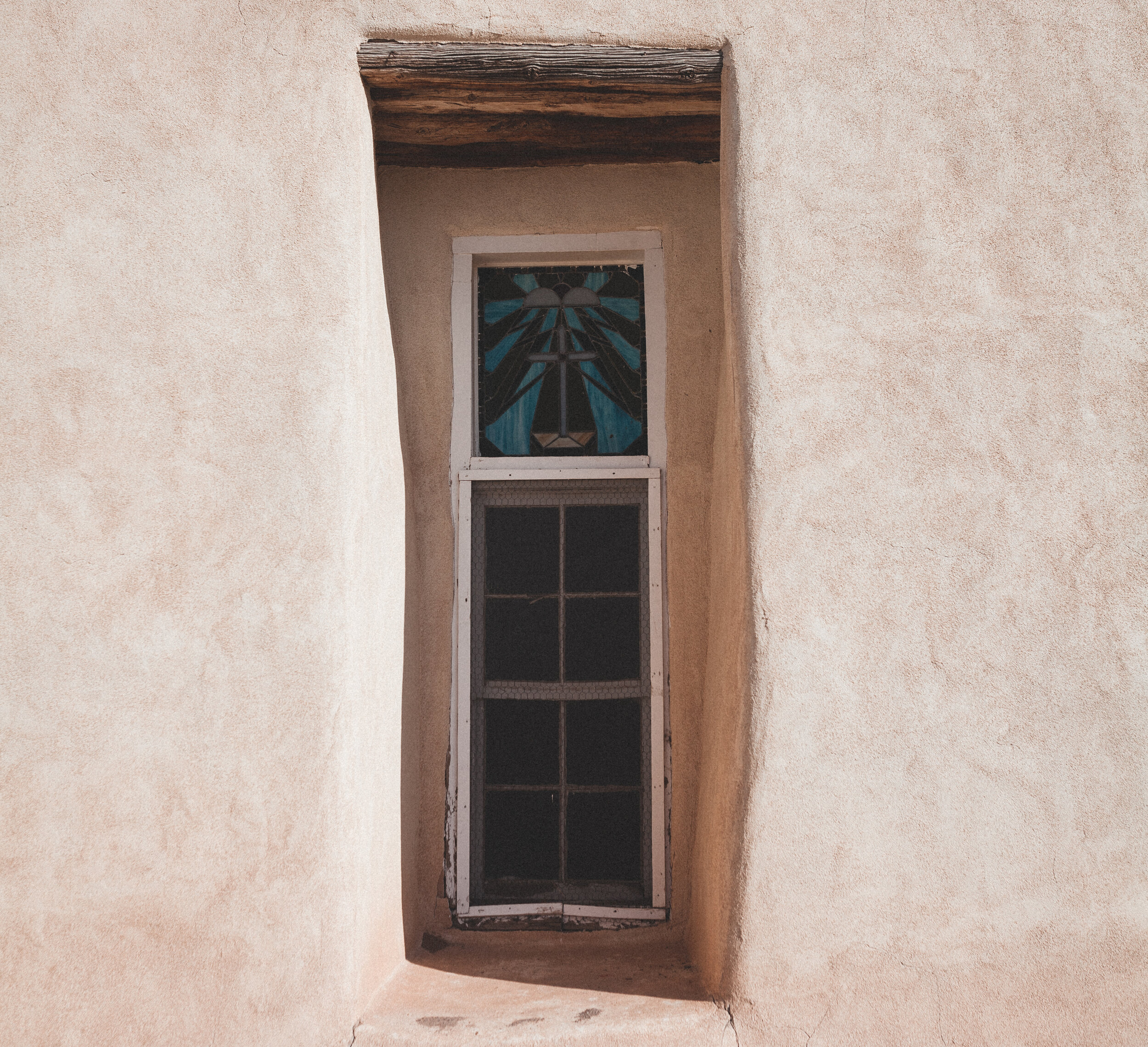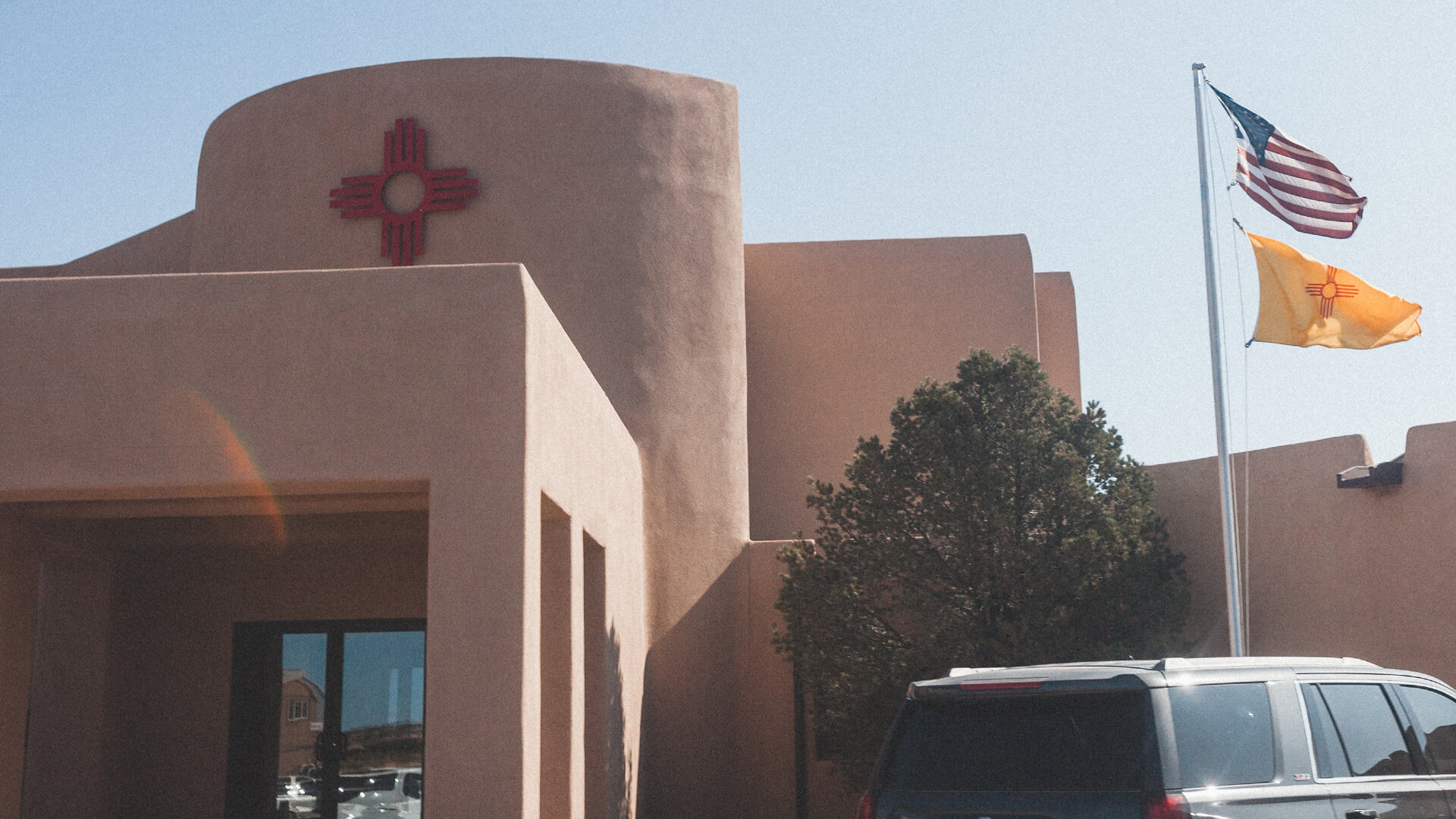
History
The Zia Pueblo, situated atop a basalt mesa in north-central New Mexico, is comprised of Keresan-speaking Indians who have continuously occupied the site since the 13th century. Over 600 years old, Zía Pueblo has two plazas, each with a kiva, surrounded by one and two-story traditional dwellings of native rock surfaced with mud. Zia Pueblo is home to the Spanish mission of Nuestra Señora de la Asunción, the construction of which began around 1694.
Archaeologists believe that the Zia people are descendants of the Ancestral Puebloan (Anasazi) people of the Four Corners region, who migrated to the Jemez River Valley sometime in the 13th century.
Located between the slopes of the Sierra Nacimiento Mountains and the San Pedro River Valley, the Zia people have long lived an agricultural lifestyle, primarily growing corn, beans, and squash in shared or common ground, to which everyone contributed. Other minor crops were grown in personal, individual gardens, such as peppers, onions, chilies, and tobacco. The people also hunted small and large game. Homes at the pueblo were built with the local basalt and mud mortar, covered in mud plaster.
The principal festival of the year for the Zia Pueblo is the Corn Dance on the feast day of Our Lady of the Assumption in August. Wonderful traditional costumes and ceremonies make this an important event in the life of the Pueblo and one which is very attractive to visitors.
In recognition of Zia’s long history and unique culture, the Zia Pueblo is listed in the National Register of Historic Places.
To request use of the Zia Sun Symbol, please complete the following Zia Sun Symbol Request Form and send to: info@ziapueblo.org
Snuggled off of Highway 550, next to the Jemez Mountains
location of the pueblo of zia

The Zia Sun Symbol symbol originated with the Native Americans of Zia [pronounce it "tSEE-ah"] Pueblo (Indian village) in ancient times. The symbol has a sacred meaning to the Zia. Four is a sacred number that symbolizes the Circle of Life: four winds, four seasons, four directions, and four sacred obligations. The circle binds the four elements of four together.


